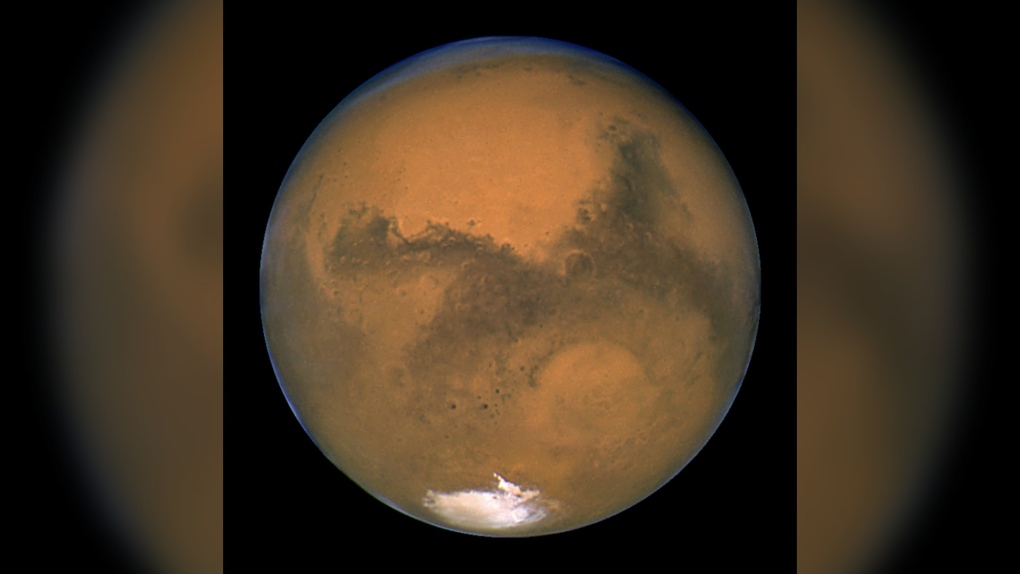
China's Mars rover finds signs of recent water in sand dunes
CTV
Water may be more widespread and recent on Mars than previously thought, based on observations of Martian sand dunes by China's rover.
Water may be more widespread and recent on Mars than previously thought, based on observations of Martian sand dunes by China's rover.
The finding highlights new, potentially fertile areas in the warmer regions of Mars where conditions might be suitable for life to exist, though more study is needed.
Friday's news comes days after mission leaders acknowledged that the Zhurong rover has yet to wake up since going into hibernation for the Martian winter nearly a year ago.
Its solar panels are likely covered with dust, choking off its power source and possibly preventing the rover from operating again, said Zhang Rongqiao, the mission's chief designer.
Before Zhurong fell silent, it observed salt-rich dunes with cracks and crusts, which researchers said likely were mixed with melting morning frost or snow as recently as a few hundred thousand years ago.
Their estimated date range for when the cracks and other dune features formed in Mars' Utopia Planitia, a vast plain in the northern hemisphere: sometime after 1.4 million to 400,000 years ago or even younger.
Conditions during that period were similar to now on Mars, with rivers and lakes dried up and no longer flowing as they did billions of years earlier.
